Are you ready to come and join our virtual classroom
Join our Yordas experts and learn more about ensuring SDS Compliance Within Your Supply Chain
The provision of a Safety Data Sheet (SDS) is a legal requirement for all substances and mixtures meeting the criteria specified under REACH and CLP. SDS are an effective and well established method of conveying hazards and providing information on the safe use and mitigation of risks. REACH and CLP have introduced a number of new requirements with regards to, when and why an SDS must be supplied. This virtual classroom will guide you through the structure of an SDS, highlighting new requirements and enabling you to assess whether the SDS you distribute or receive from your suppliers are up-to-date and compliant with the applicable regulations.
At a glance
Here is a summary of what you can expect from this course.
4 hours of virtual classroom
Practical exercises to put your knowledge into practice
Interaction with our experts
A copy of our SDS course manual
Please note that to complete this classroom you must have an understanding of CLP
When and where?
Virtual
10 September 2025 13:00 - 17:00 BST
Please note that courses are dependant on sufficient numbers
Who should attend?
This course will be most relevant to
SDS authors
Label authors
Anyone working in regulatory affairs
Third party regulatory consultants
Anyone working in hazard and risk assessments
Downstream users of chemicals
Topics to be covered during this workshop
When should an SDS be supplied and how
Consistency between sections within the SDS
When an updated SDS should be supplied
Required language of the SDS
Exemptions from supplying an SDS
Briefly, the inclusion and impact of the extended SDS
Learning Outcomes
By the end of this course you will be able to:
Understand the main principles of GHS and most recent revision of CLP
Be able to apply the principles into real life examples and transfer this knowledge to their own company
Be able to Navigate the regulatory text
Know how to classify, label and package substances and mixtures in accordance with GHS and CLP
How will you benefit from this course
Knowledge
Unlock valuable knowledge and practical tools to help you comply with regulatory requirements for your products.
Cost-effective
An intimate virtual classroom with access to our experts and the opportunity to ask questions relevant to your company.
Stay ahead of the curve
Access the latest regulatory and scientific information delivered by leading experts in the field.
Join us for this interactive virtual classroom
Please contact us if you would prefer to pay via invoice
€400,00
Regular price
If you are interested in a group rate, contact us
Instructors
Fiona Moir
Managing Consultant - Hazard Communication
Fiona leads Yordas’ Global Hazard Communication team with team members in four regions (UK, EU, NA and Asia). She is an experienced consultant with a broad range of expertise and knowledge of global regulations pertaining to hazard communication, including (e)SDS, GHS, and Classification, Labelling and Packaging (CLP). Her background in the biosciences gives her a grounding in the labelling and hazard communications obligations under such regulations as the EUs BPR. Fiona is an experienced trainer and course developer in topics as varied as GHS/CLP, Safety Data Sheet and Poison Centre notifications.
Nathan Town-Field
Senior Regulatory Consultant
Nathan is a Senior Regulatory Consultant from the Hazard Communication team, he joined Yordas 5 years ago after studying Biomedicine at Lancaster University. Nathan’s areas of expertise include Global chemical hazard classification for both substances and mixtures, Authoring of SDS compliant to GHS and other global regulations, Authoring of extended SDS, extracting relevant Exposure Scenarios and consulting on product labels including; chemical hazard, detergent and aerosol requirements.


